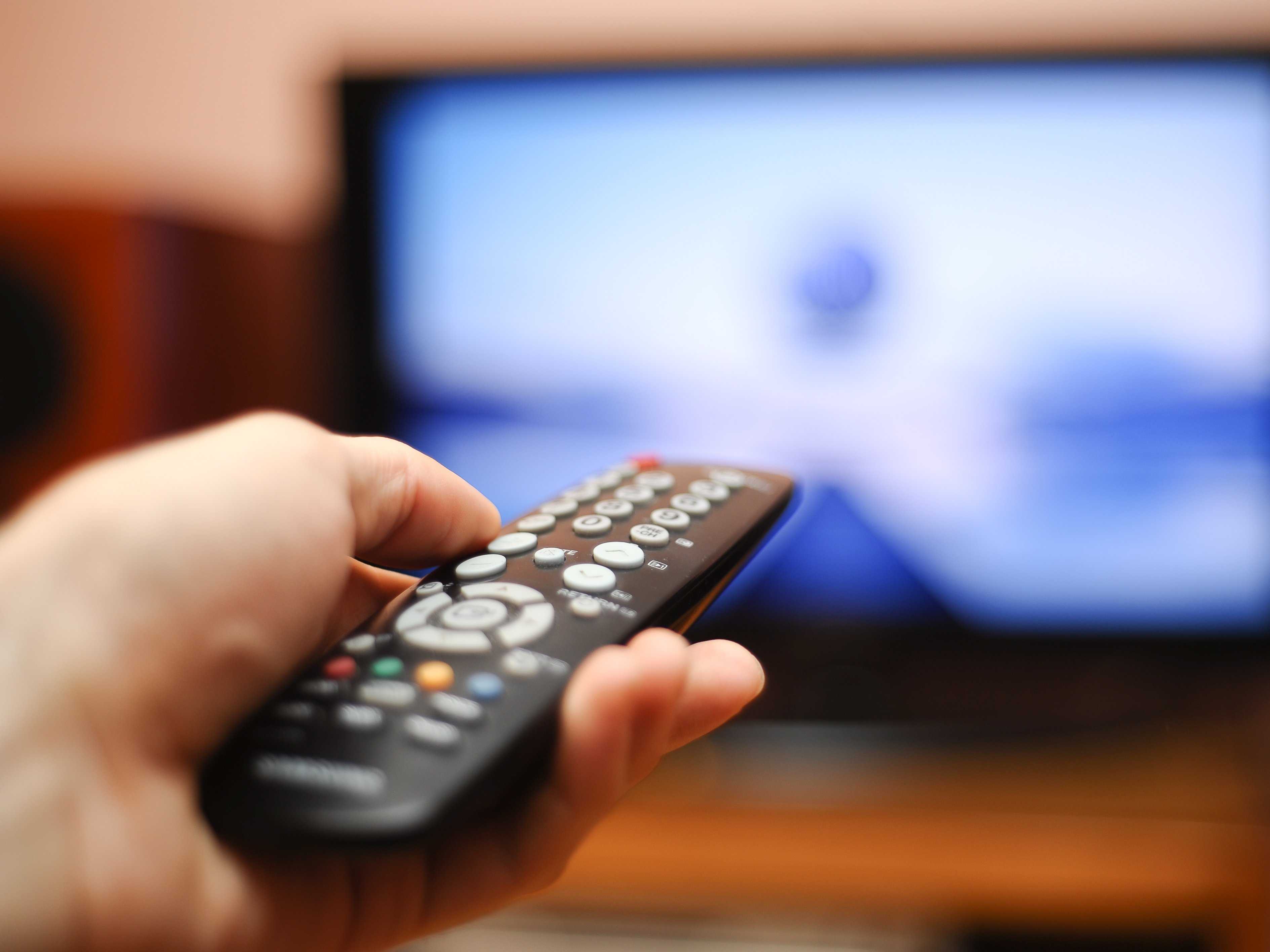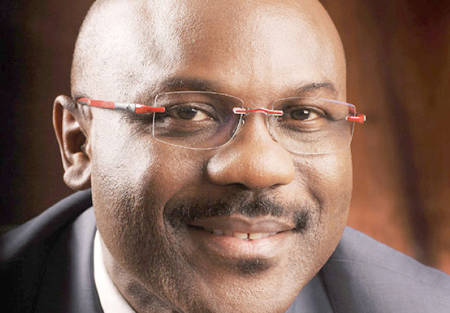Whichever pay-TV service you are on, chances are that you must have seen a few channels you love watching get yanked off by your provider, leaving you wondering why such a decision would be taken.
This means that every time your pay-TV provider makes an announcement to the effect that a channel you consider exciting is about to cease being broadcast on its platform, you raise questions on the propriety or otherwise of the decision.
Such questions are natural and legitimate. They are raised them, most probably, because the affected channels are, in your estimation, smash hits and should be to other people.
Usually, they are hits among other people who, most often, are not large enough in number to persuade the provider that such channels should continue being broadcast.
A pay-TV service, by nature, is a business; one requiring heavy investment.
Given the huge costs of content acquisition and production, which keep rising every time, a channel can only continue to remain on a provider’s platform if it attracts the size of viewership that compels it to be offered continuously.
The moment it does not to that, a provider takes it off. To continue pumping money into it by paying for retransmission content and promoting it longer than necessary will be akin to transfusing a corpse.
Pay-TV providers, as rule, have departments dedicated to content (should they not?). The departments conduct researches into viewership and carry out evaluation based on what such researches throw up. One of the major questions that a content research must ask is: Is there a big enough following to warrant the retention of a channel or channels? Once the answer is negative, contract for the retransmission of the channel’s signal will not be renewed.
Recently, Channel O, the music channel on DStv, was yanked off the platform. Clearly, it was not getting the following that could compel the distributors to retain it.
Until July 2013, sports fans on the African continent had ESPN and ESPN Classic offering them sport content. However, both channels stopped being broadcast on various pay-TV platforms when their owners, Disney, took a business decision to stop broadcasting in Africa and also yank off the channels in non-US regions where their operations stopped being financially viable.
What that implies is that Disney and the distributors of the two channels (pay-TV providers) were not getting enough following for both channels to warrant a continuation of their broadcast. Each of the channels, in effect, was the equivalent of an appendix, not the heartbeat. Cutting it out was required to keep them alive!
Usually, when a channel is taken off, a pay-TV provider replaces it with another.
When ESPN stopped showing on DStv, for example, it was replaced with SuperSport 9, which acquired the broadcast rights to major American sports events like NASCAR, NBA and NFL.






